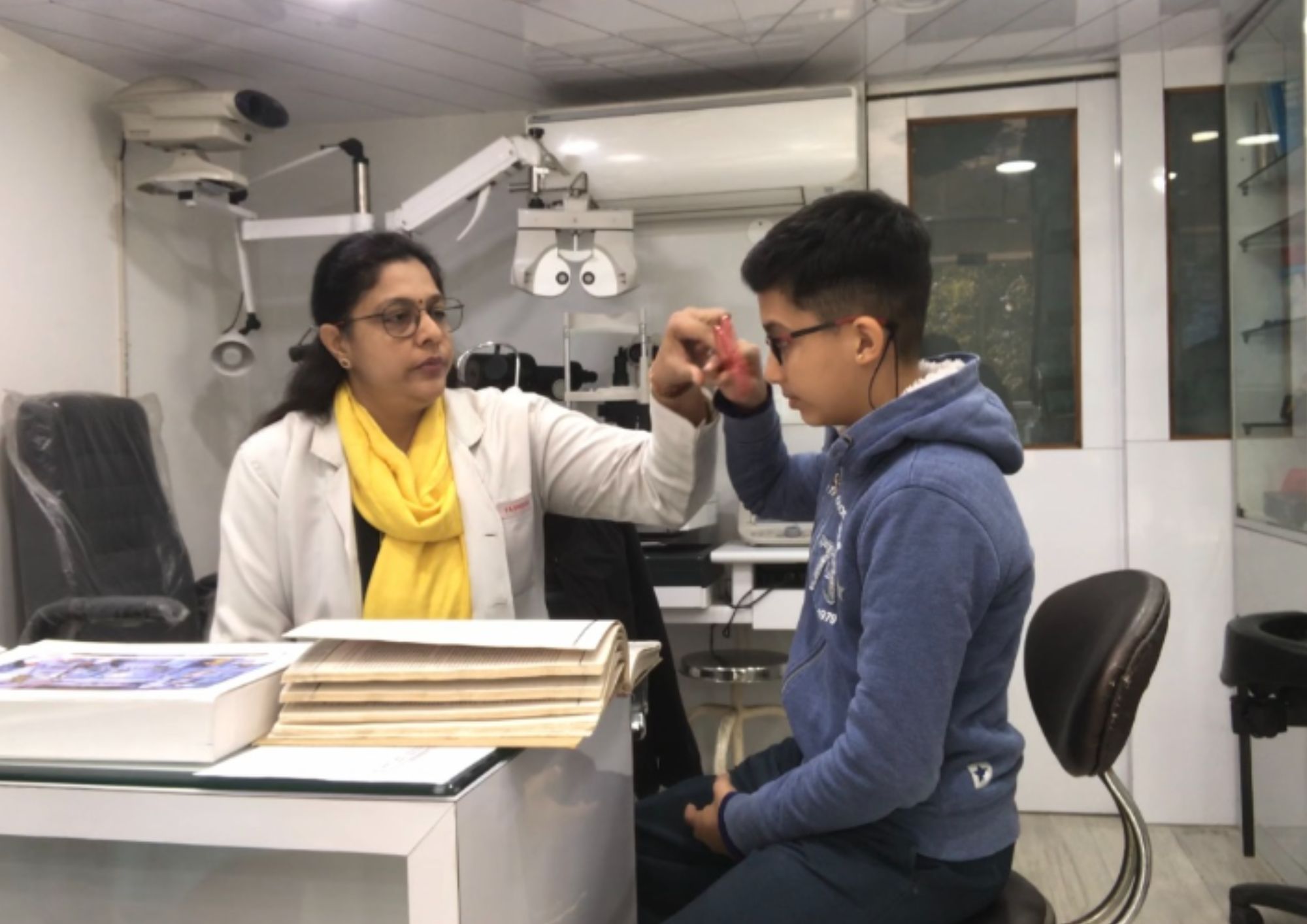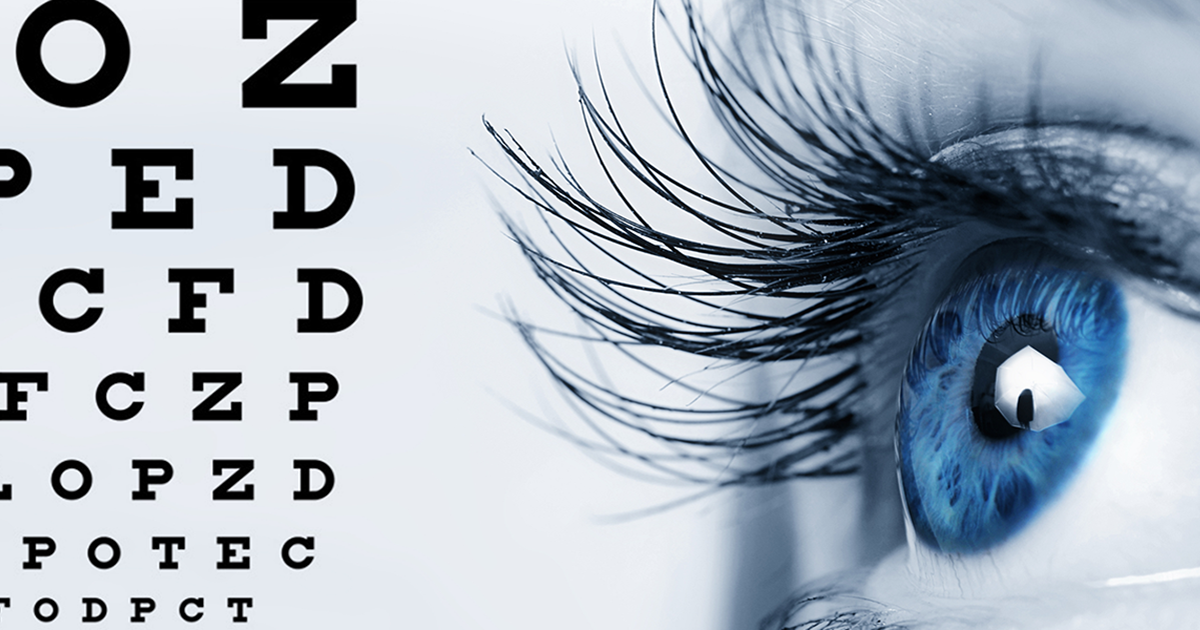Neighborhood Glaucoma Service Near Me: Relied On Specialists for Eye Health
Neighborhood Glaucoma Service Near Me: Relied On Specialists for Eye Health
Blog Article
The Duty of Advanced Diagnostic Tools in Identifying Eye Disorders
In the world of ophthalmology, the application of innovative diagnostic devices has actually reinvented the early identification and management of numerous eye conditions. As the demand for accurate and timely medical diagnoses continues to expand, the assimilation of innovative tools like optical comprehensibility tomography and aesthetic area screening has become crucial in the world of eye care.
Importance of Very Early Diagnosis
Early medical diagnosis plays a critical role in the reliable administration and treatment of eye disorders. Prompt identification of eye problems is important as it allows for punctual intervention, possibly avoiding more progression of the condition and reducing lasting problems. By detecting eye problems at a beginning, doctor can use ideal treatment strategies tailored to the certain problem, ultimately bring about better results for patients. Early diagnosis allows people to access required assistance solutions and sources sooner, enhancing their general high quality of life.

Innovation for Finding Glaucoma
Sophisticated analysis innovations play an essential duty in the very early discovery and monitoring of glaucoma, a leading cause of irreversible blindness worldwide. One such modern technology is optical comprehensibility tomography (OCT), which supplies comprehensive cross-sectional pictures of the retina, enabling the dimension of retinal nerve fiber layer thickness. This measurement is crucial in examining damage brought on by glaucoma. An additional sophisticated tool is aesthetic area testing, which maps the level of sensitivity of a client's aesthetic area, aiding to detect any kind of areas of vision loss feature of glaucoma. Additionally, tonometry is made use of to measure intraocular stress, a significant danger variable for glaucoma. This test is essential as raised intraocular stress can cause optic nerve damage. More recent innovations like the use of fabricated knowledge formulas in analyzing imaging information are showing encouraging results in the early discovery of glaucoma. These advanced diagnostic devices make it possible for ophthalmologists to identify glaucoma in its early phases, permitting for timely intervention and much better monitoring of the disease to avoid vision loss.
Function of Optical Coherence Tomography

OCT's capacity to measure retinal nerve fiber layer thickness permits exact and objective dimensions, helping in the early detection of glaucoma even prior to visual area flaws emerge. In addition, OCT innovation allows longitudinal tracking of structural adjustments in time, promoting individualized treatment strategies and timely treatments to help protect patients' vision. The non-invasive nature of OCT imaging likewise makes it a recommended option for checking glaucoma progression, as it can be repeated consistently without triggering pain to the patient. Generally, OCT plays a crucial function in improving the analysis accuracy and management of glaucoma, ultimately adding to far better end results for individuals in danger of vision loss.
Enhancing Diagnosis With Visual Field Testing
An important component in extensive ophthalmic assessments, aesthetic area screening plays an essential function in improving the diagnostic process for various eye disorders. By assessing the complete degree of an individual's visual area, this test gives important info regarding the useful stability of the whole aesthetic More Bonuses path, from the retina to the visual cortex.
Visual field testing is specifically valuable in the medical diagnosis and monitoring of conditions such as glaucoma, optic nerve disorders, and numerous neurological illness that can affect vision. Via measurable measurements of outer and central vision, clinicians can identify refined changes that might suggest the presence or development of these disorders, also before recognizable signs occur.
Furthermore, aesthetic field testing enables the tracking of treatment effectiveness, helping ophthalmologists customize restorative treatments to individual people. eyecare news near me. By tracking changes in aesthetic area performance with time, health care service providers can make enlightened decisions regarding readjusting medications, suggesting medical interventions, or executing various other appropriate procedures to maintain or improve an individual's aesthetic function
Managing Macular Deterioration

Final Thought
Finally, progressed diagnostic devices play a critical function in recognizing eye conditions at an early stage. Technologies such as Optical Comprehensibility go to these guys Tomography and visual area testing have actually considerably improved the accuracy and performance of identifying problems like glaucoma and macular degeneration. Early discovery allows for prompt treatment and administration of these problems, ultimately causing better results for patients. It is imperative for health care specialists to stay updated on these innovations to provide the most effective feasible care for their clients. eyecare near me.
Report this page